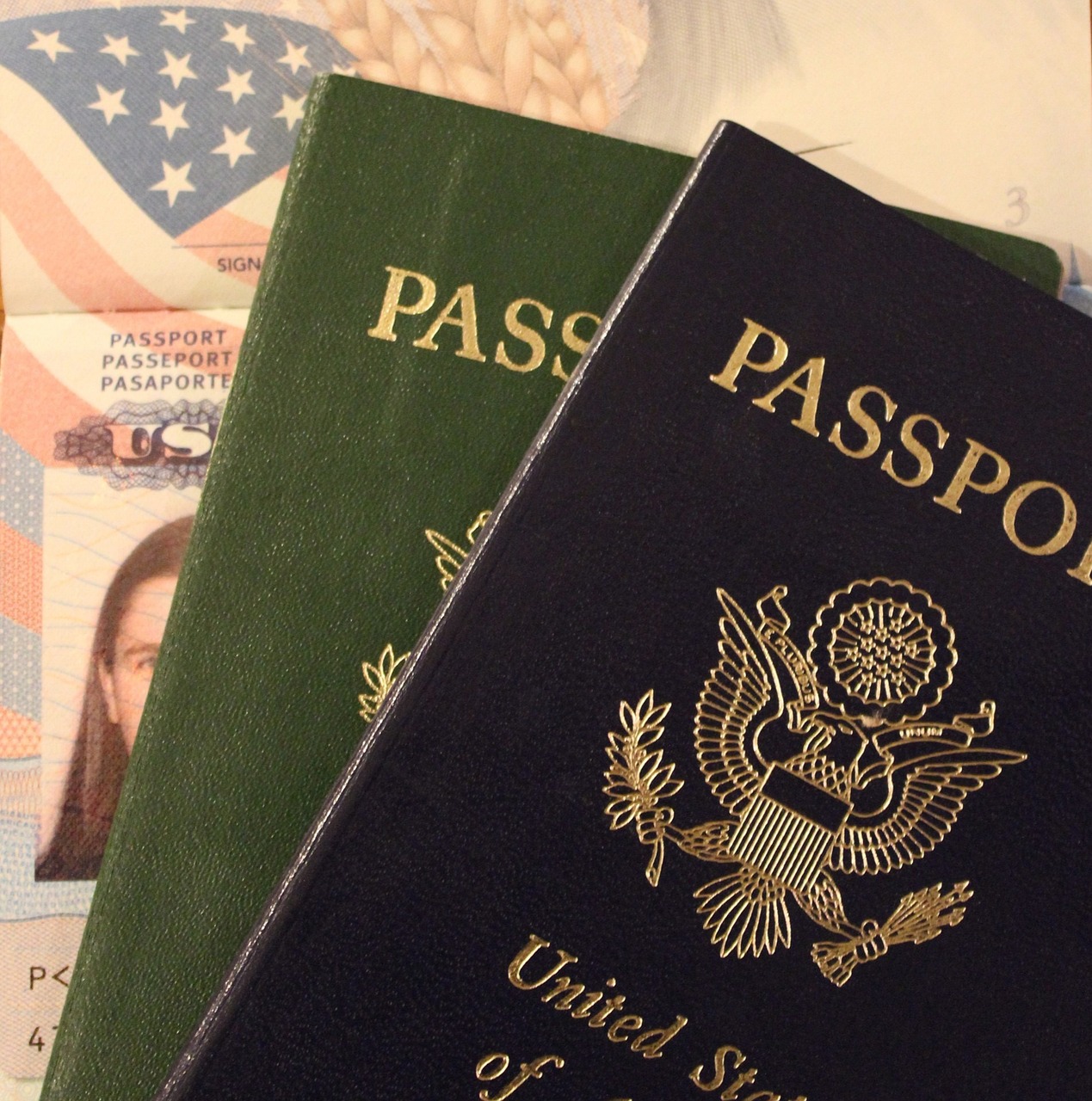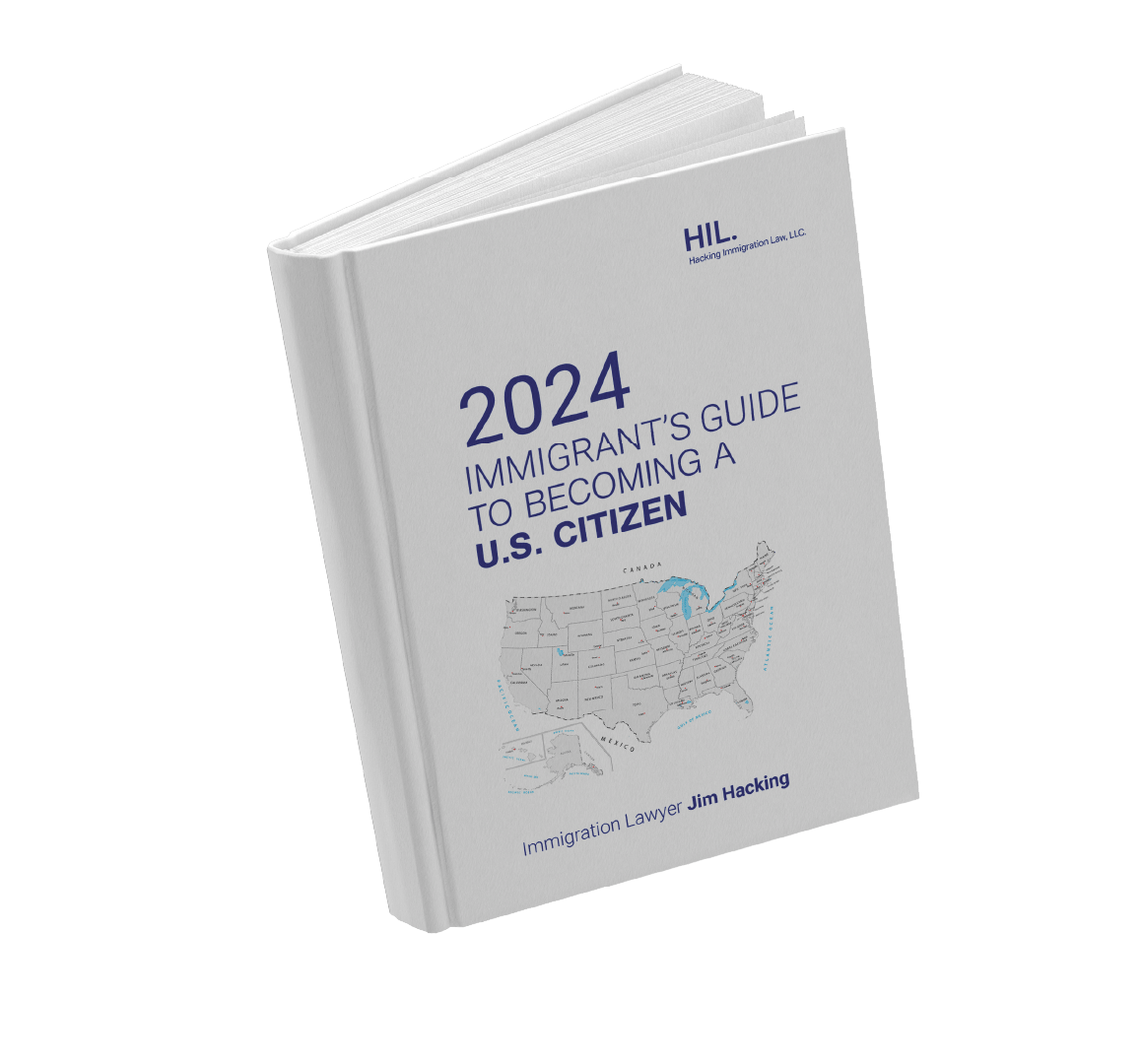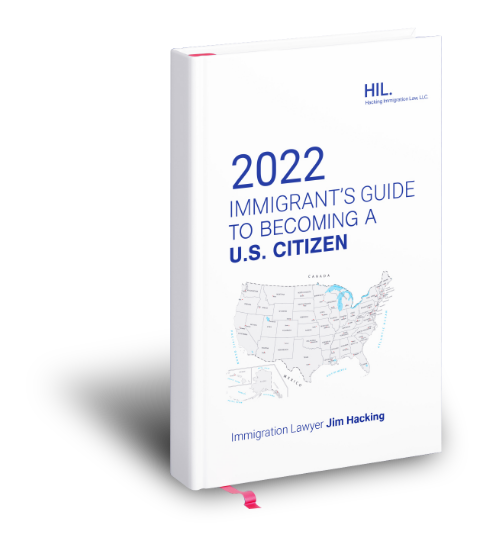How does a case get sent to the fraud unit at USCIS? Hi, I'm Jim Hacking, immigration lawyer practicing law throughout the United States out of our office here in St. Louis, Missouri. Some enterprising lawyers did a Freedom of Information Act request upon USCIS, upon the Citizenship and Immigration Service. What they asked for was a copy of whatever documents USCIS officers use to notify the fraud unit of USCIS that they suspect fraud in a given case. And through the Freedom of Information Act, USCIS turned over the fraud referral sheet.
The fraud referral sheet. Can you see it there? All right. The fraud referral sheet is a document that a USCIS officer would complete in order to notify the fraud unit that they want them to investigate a case. And this could be a naturalization case, a green card case, a marriage case, a fiancee case, any kind of case there where there's fraud suspected. They use this form, the fraud referral sheet. And I'm just going to walk through with you what's on here. There's a place for the date, the name of the CIS officer, their receipt number. What case number is it? What's the alien number of the alien? The CIS supervisor, and then they attach the files, and they talk about what kind of case it is.
Now in this particular form, it says an I-130. Then it has a place on here for which stage in the adjudication processes is it. Is it pre-interview? Is it post-interview? Is it after a decision? Is it being submitted for documentation or for investigation, or is it for an information request? And then there's three sets of boxes, and they talk about when these forms are supposed to be used. One is for the general behavioral fraud indicators guide. One is the other general fraud indicators guide. And then there's a special form for I-130 based, family-based petition fraud indicators guide.
We are going to spend the next seven days going over all these videos or going over all these referral reasons, all the reasons why USCIS might send a case of the fraud unit. Now, I think this is a great find, and it's a very helpful tool. We're going to be using it to preparing our clients for an interview, but I wanted to cover the information that's in this form so that you're informed and up to date and you know what might indicate to USCIS that there's something wrong with your case. And so even if you have the strongest case on earth, it's still a good idea to watch these videos and go through this form. We're going to download it. We're going to put a link to it in the comments below so that you can access the form yourself.
But in the meantime, I'm going to shoot six videos after today, going through this form and what I notice as a experienced immigration lawyer going through this. Hopefully your case will never get sent to the fraud unit. Hopefully that your case will sail right through. But it's a good idea to download the form and compare it to your case and see if there are any fraud indicators, because you might want to think about how to make your case stronger and how to maybe minimize any of those fraud indicators. Because of course, we never want anyone to submit a fraudulent application, but we also don't want you to get caught, quote, unquote, caught on an application that should have been approved, if that makes sense. Okay. All right. Tune in next to the next time for our video and we'll get to each of these fraud indicators.
We hope that you found that helpful. I hope that this series is helpful for you. If you have questions about the fraud indicator sheet or the fraud referral sheet, or if you have concerns about your case, give us a call at 314-961-8200. You can email us at [email protected]. Be sure to join us in our Facebook group, which is called Immigrant Home. And if you liked this video, we ask that you please share it out on social and that you subscribe to our YouTube channel so that you get updates whenever we make videos like this one. Thanks a lot, and we'll see you on the next video.








